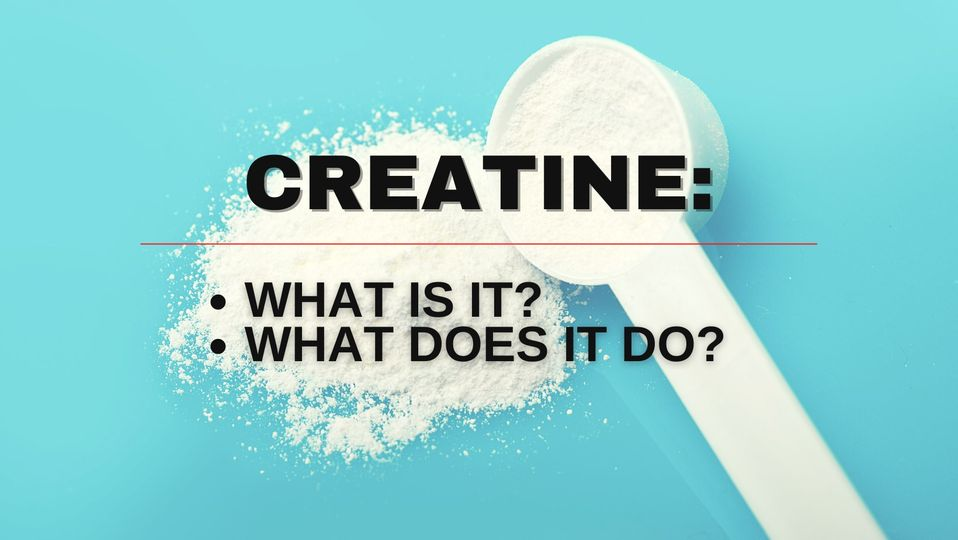Creatine — What is it and What Does it do?
You’ve likely heard of creatine if you go to a gym and hangout around other lifters. But, what exactly is it? And how is it used? Here’s everything you need to know about this popular supplement.
What is it? Creatine is a substance that is naturally occurring in muscle cells. During a heavy lift or a tough workout, creatine comes into play to help your muscles maintain energy. Everyone’s creatine store levels are different and they depend on a variety of factors, such as meat intake, exercise, muscle mass, and hormone levels. Your body naturally produces a type of creatine called phosphocreatine, and this is what creatine supplements create in your body.
What does it do? Scientifically speaking, phosphocreatine is a form of stored energy that helps your body perform better during exercise. Creatine has shown to improve exercise performance while increasing muscle size and strength. It’s one of the most highly tested supplements and has shown to also provide a number of other health benefits, including preventing neurological disease.
How Should You take it? Typically creatine supplements are taken in powder form. Unlike most people think, creatine takes a while to saturate the muscle so you have to dose strategically. There are two main methods that people use for spacing out their dosage for optimal performance, and those are creatine loading and low-dose daily creatine supplementation. Creatine Loading is a quicker way to saturate the muscle. This consists of taking large doses for a number of days and then transitioning to a maintenance phase. However, beware of this method because it has shown to cause gastrointestinal issues in some people. A low-dose daily supplementation is an easier alternative method where you take 3 to 5 grams of creatine daily. Using this method, it’ll take about three weeks to get your muscles to the same saturation level as the loading method.

